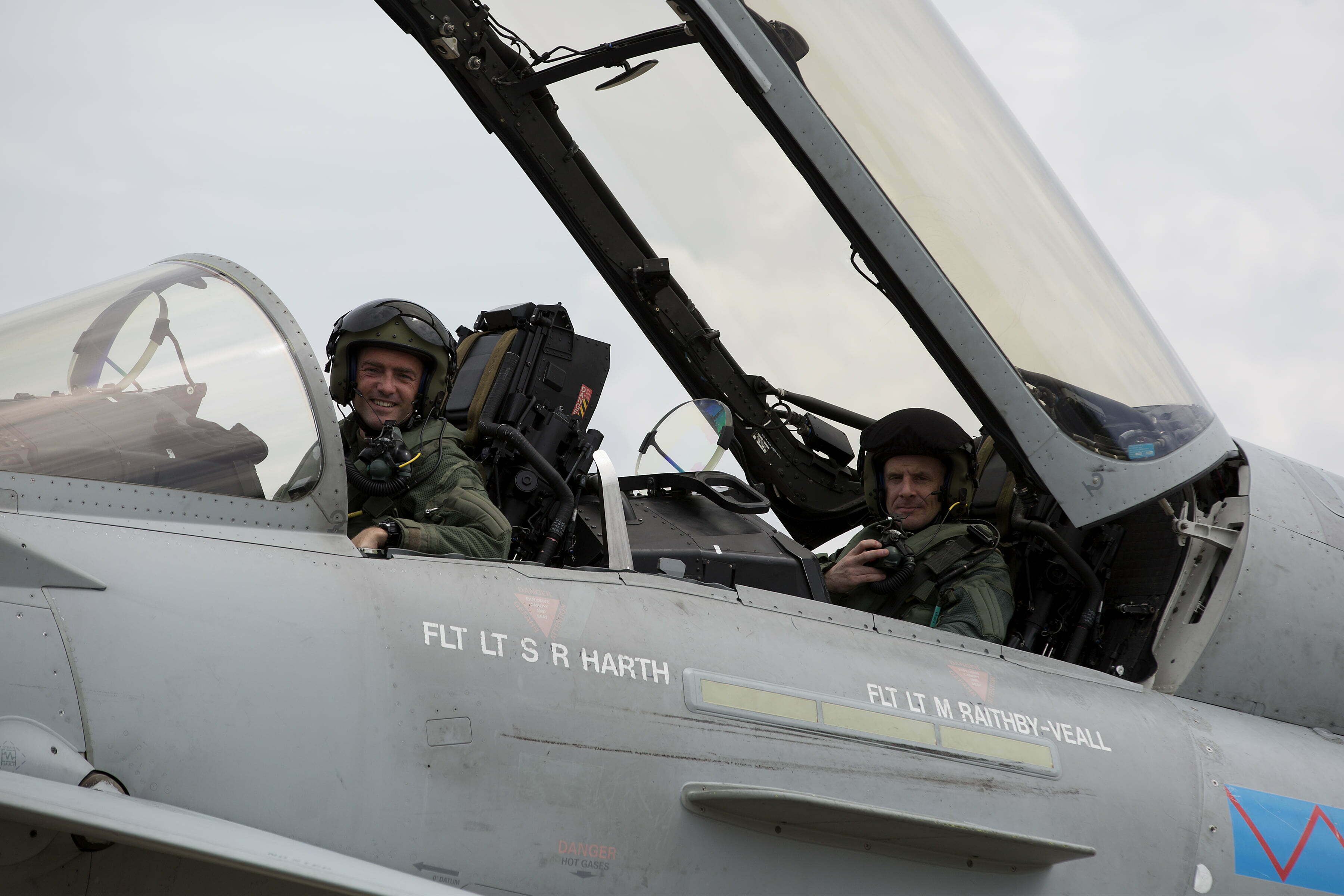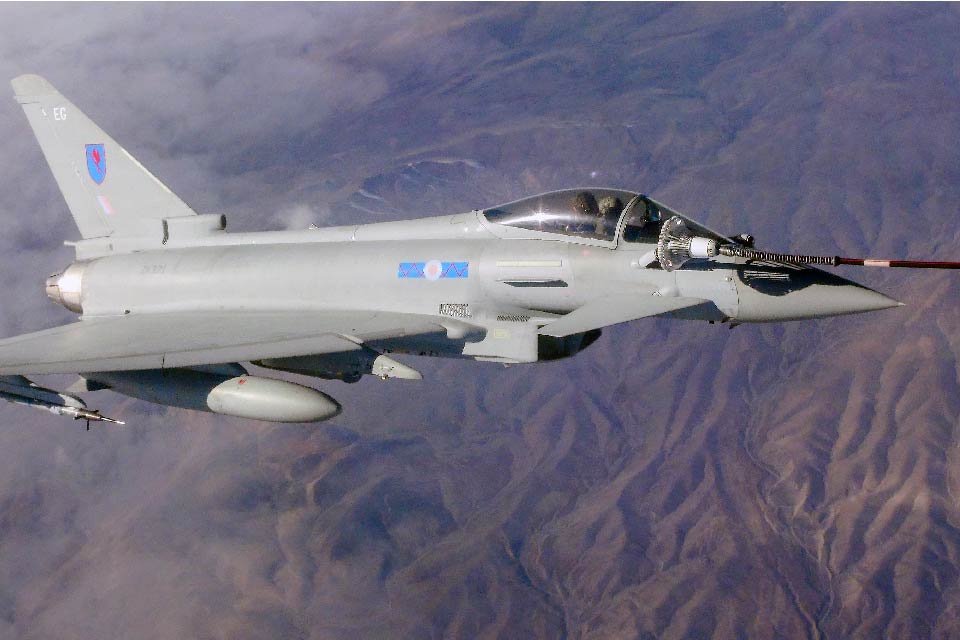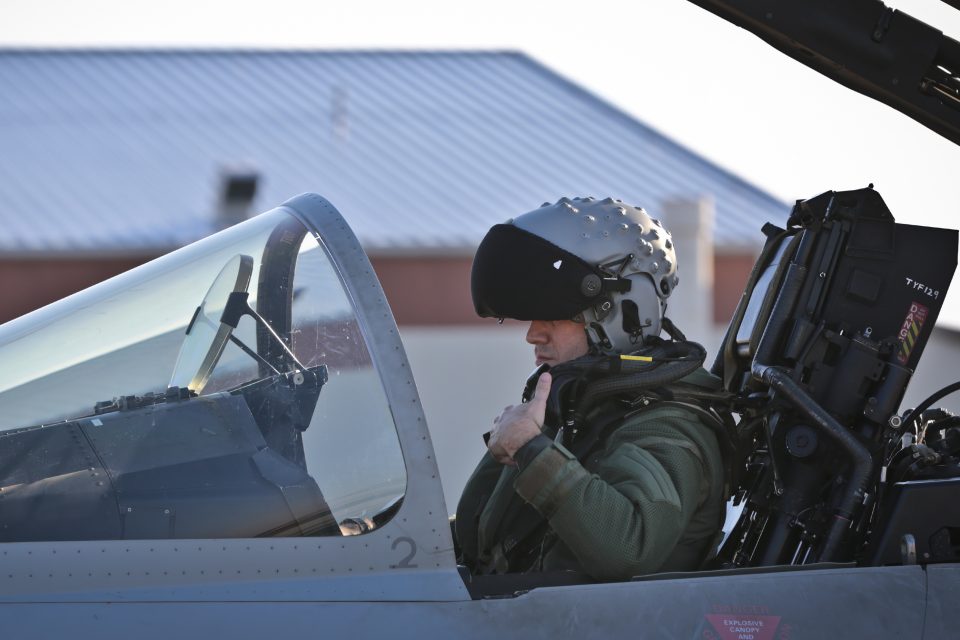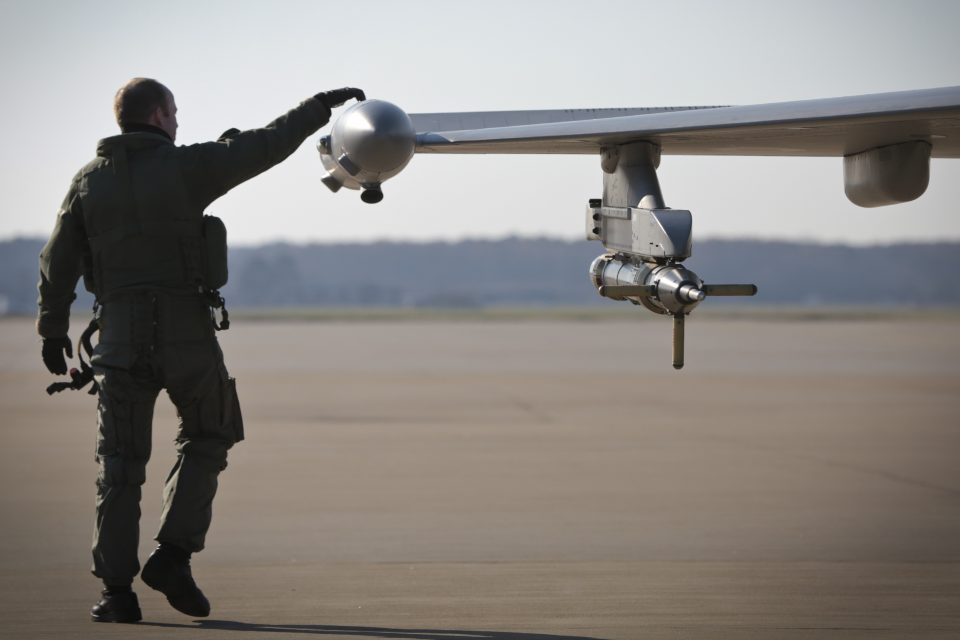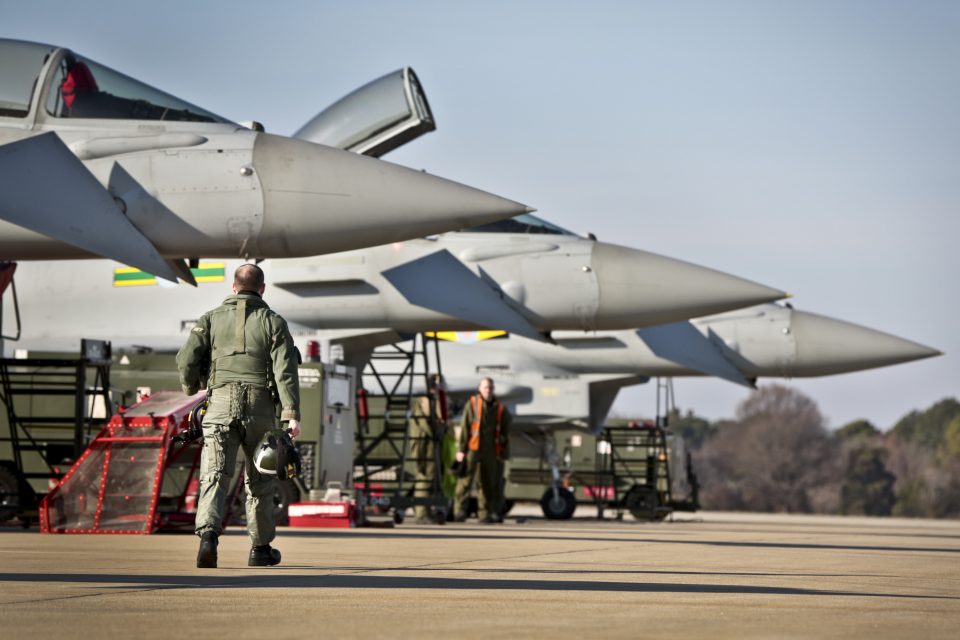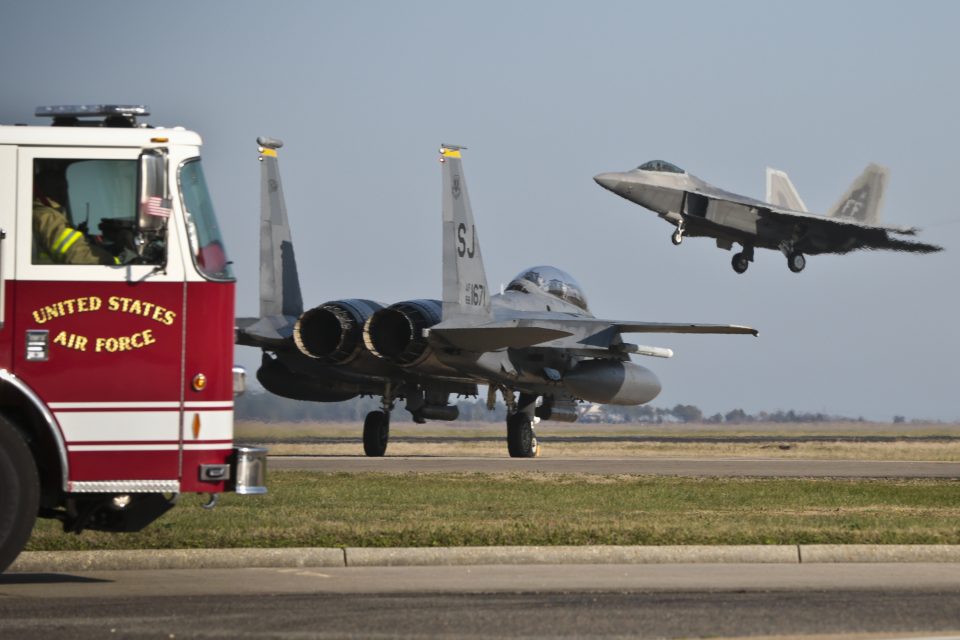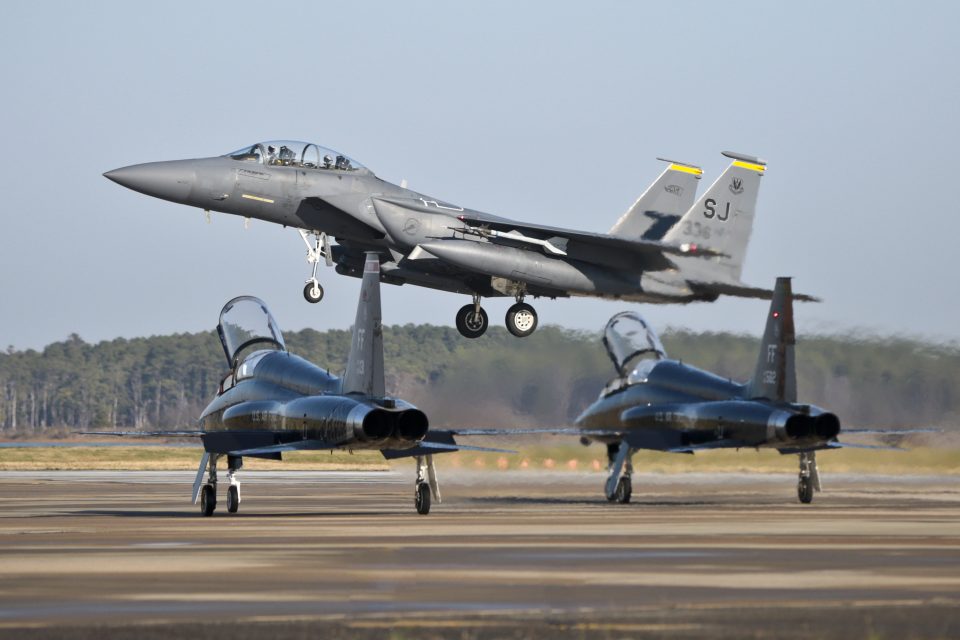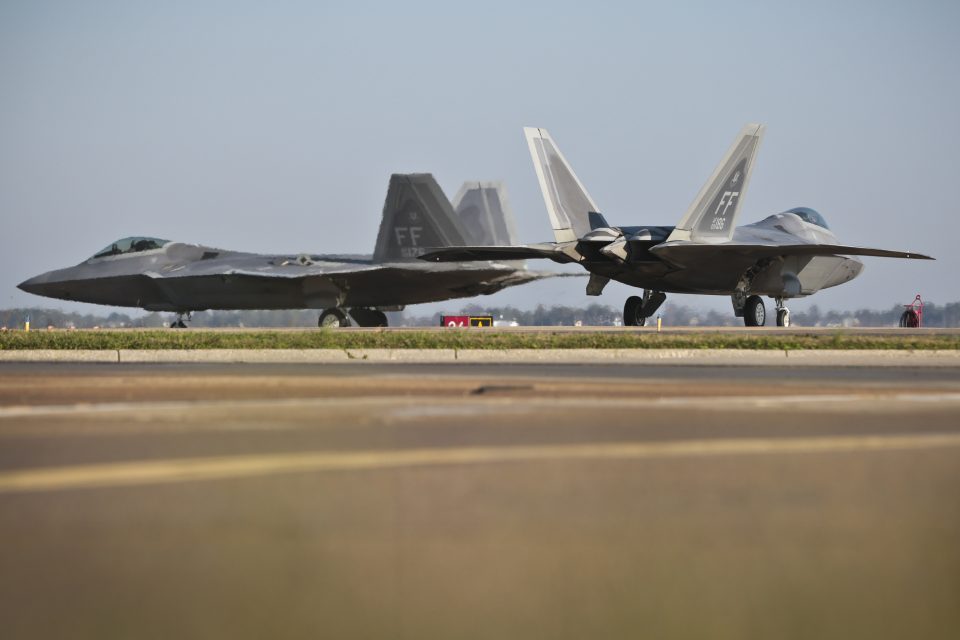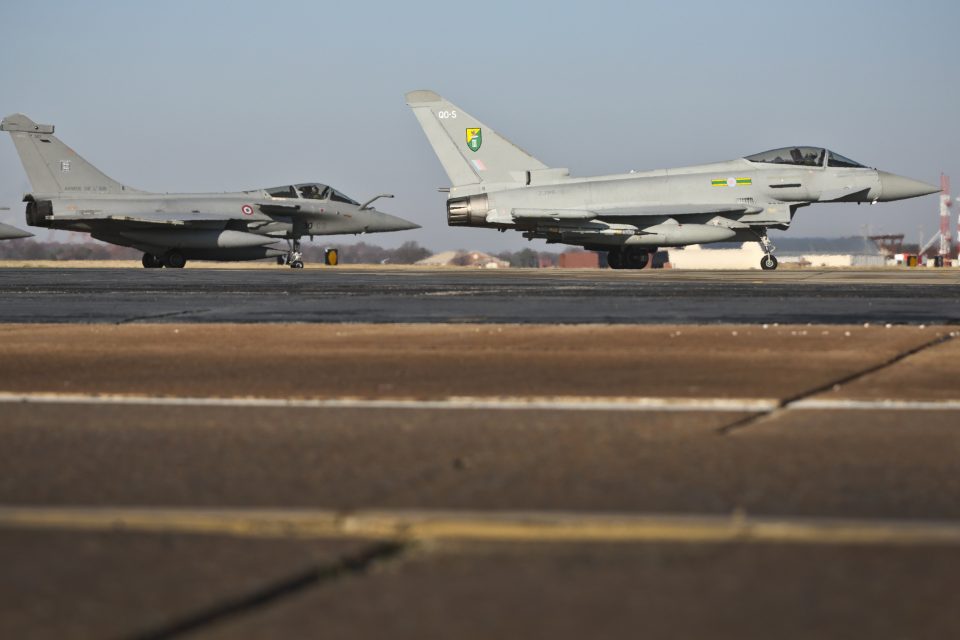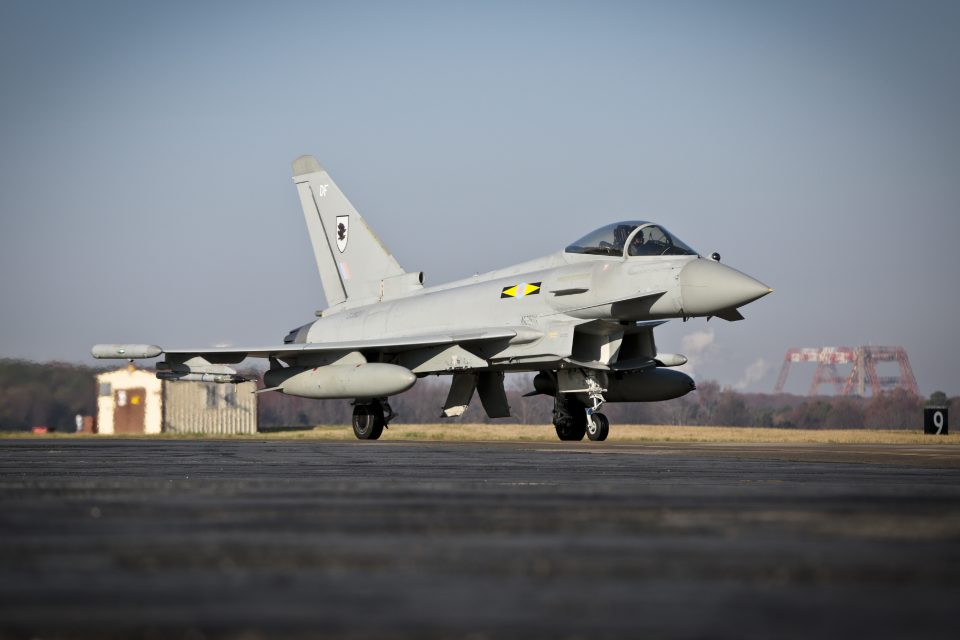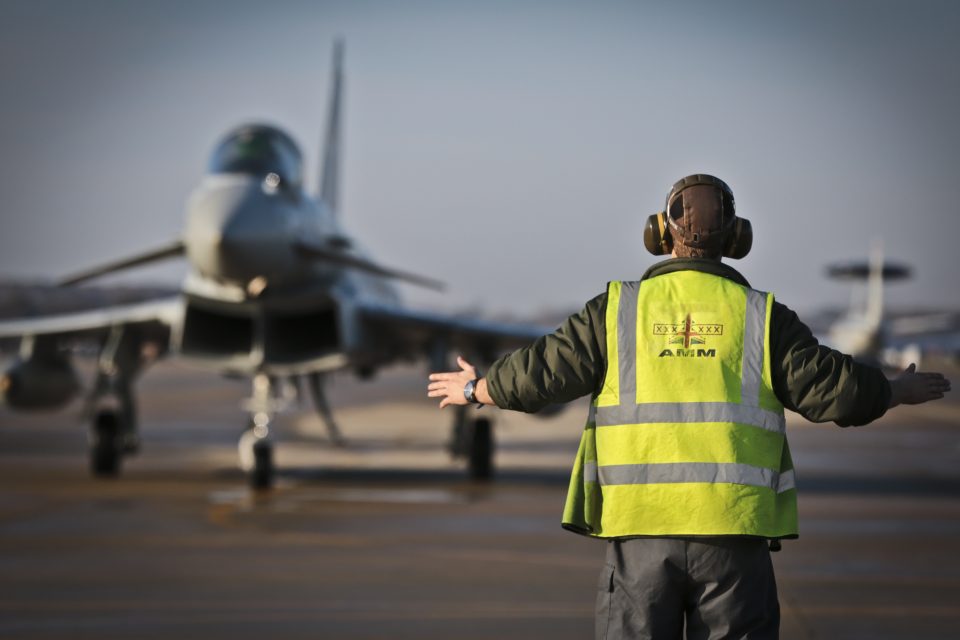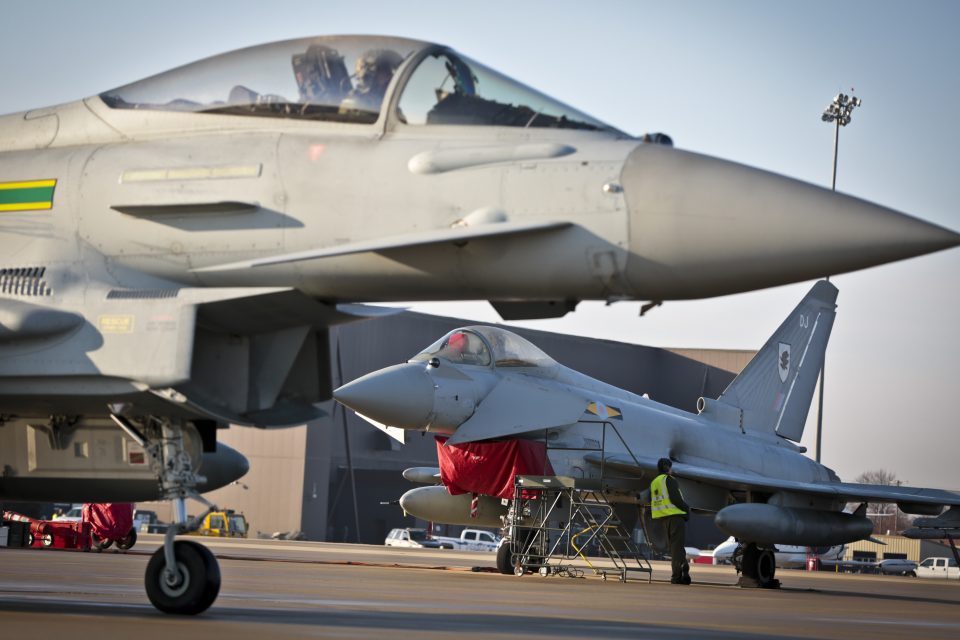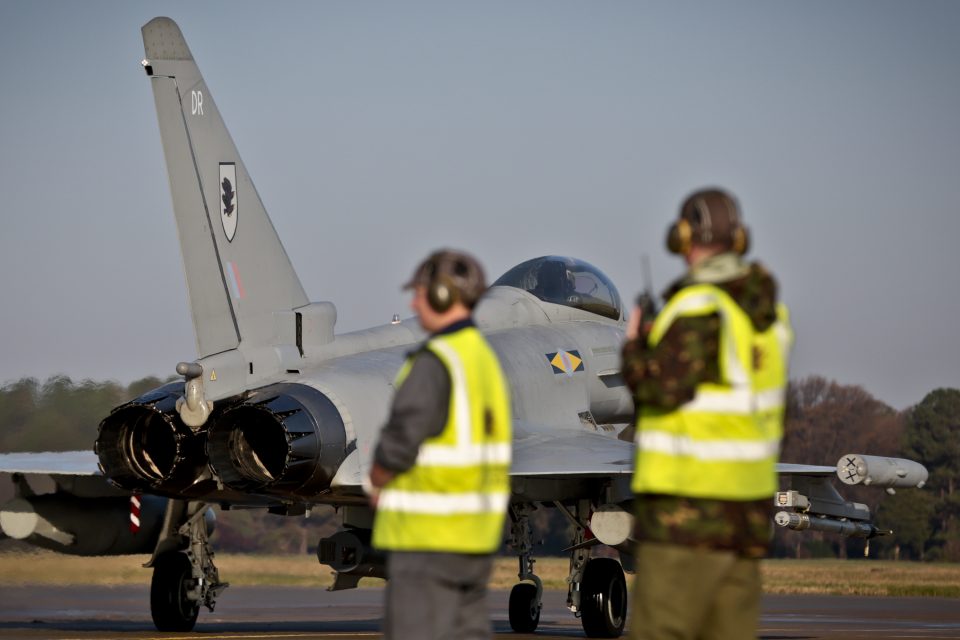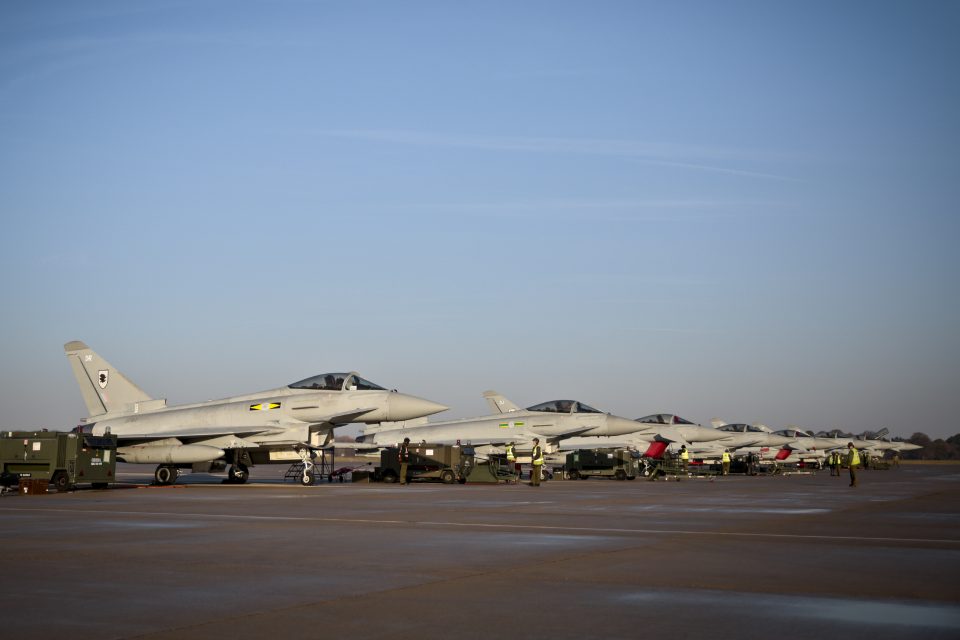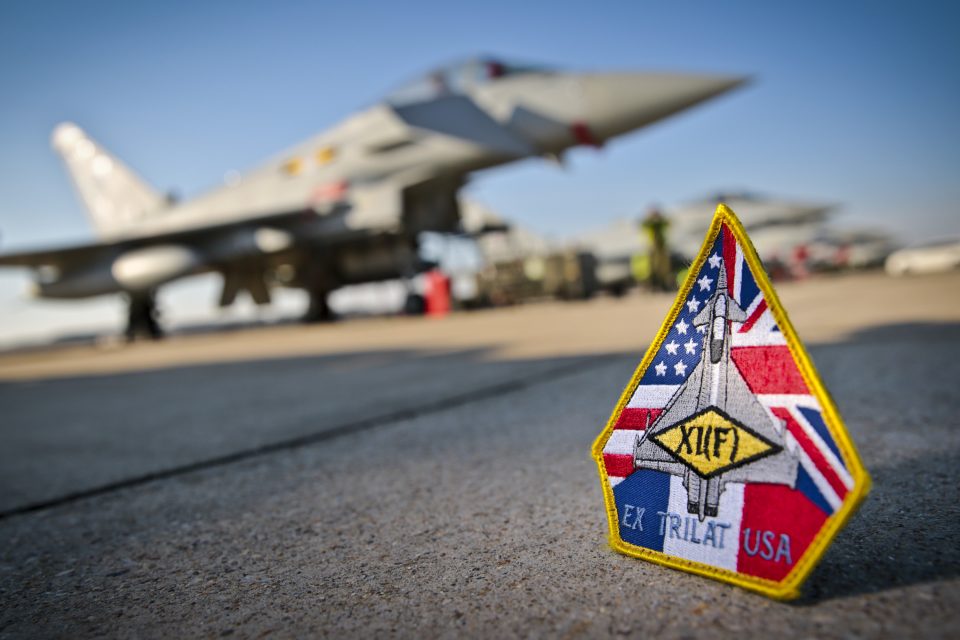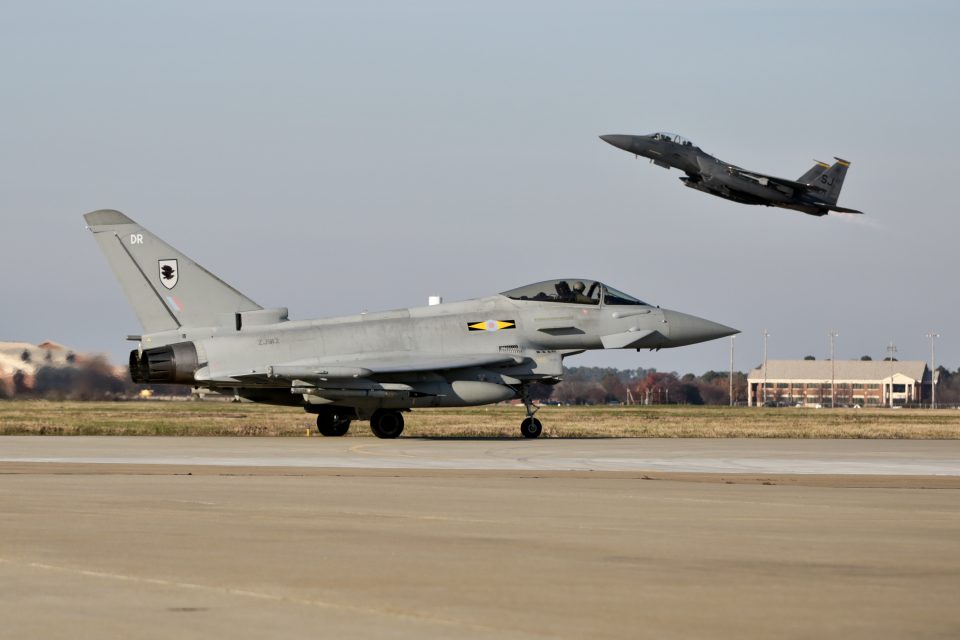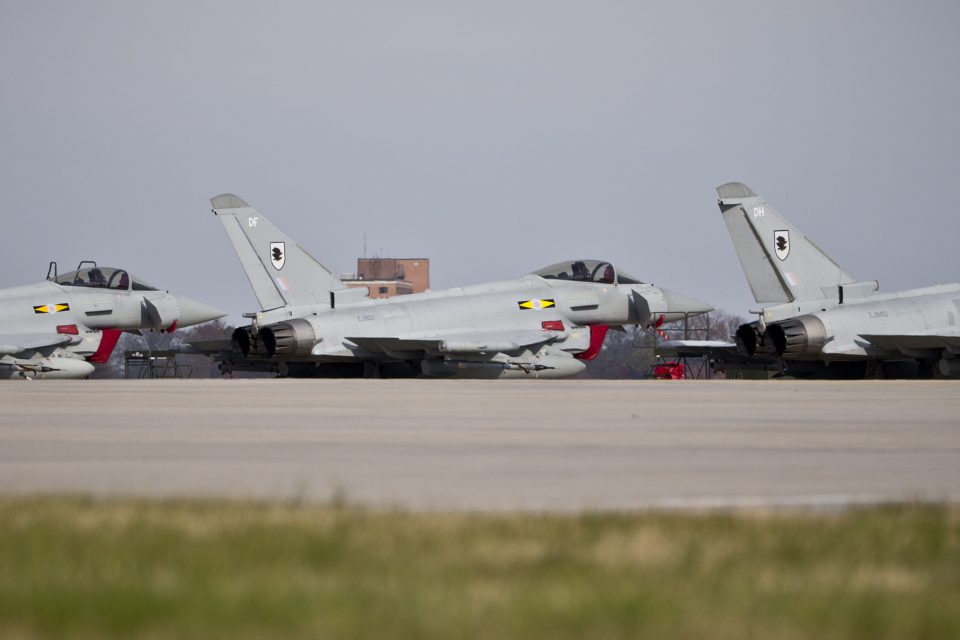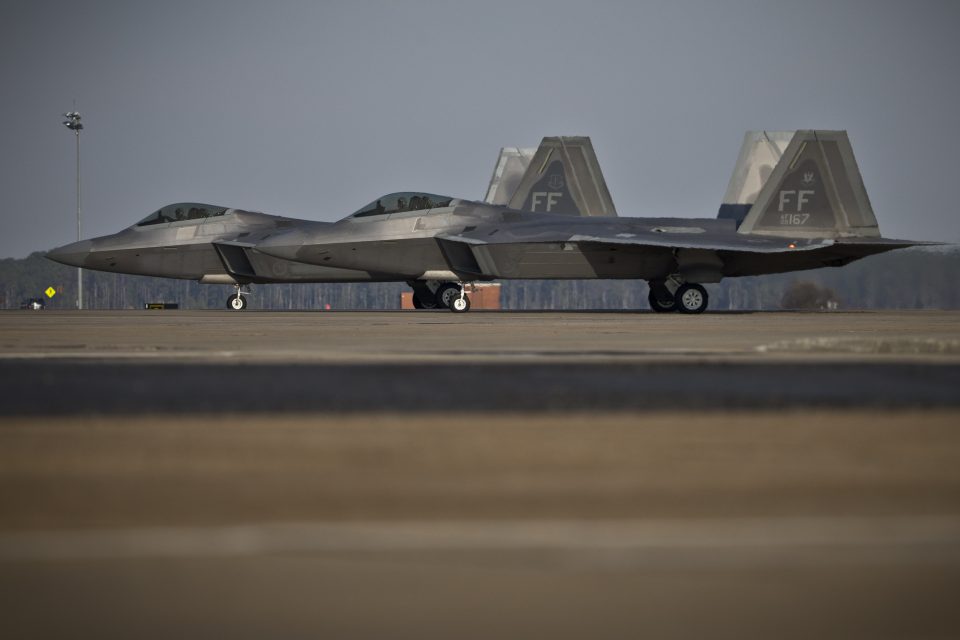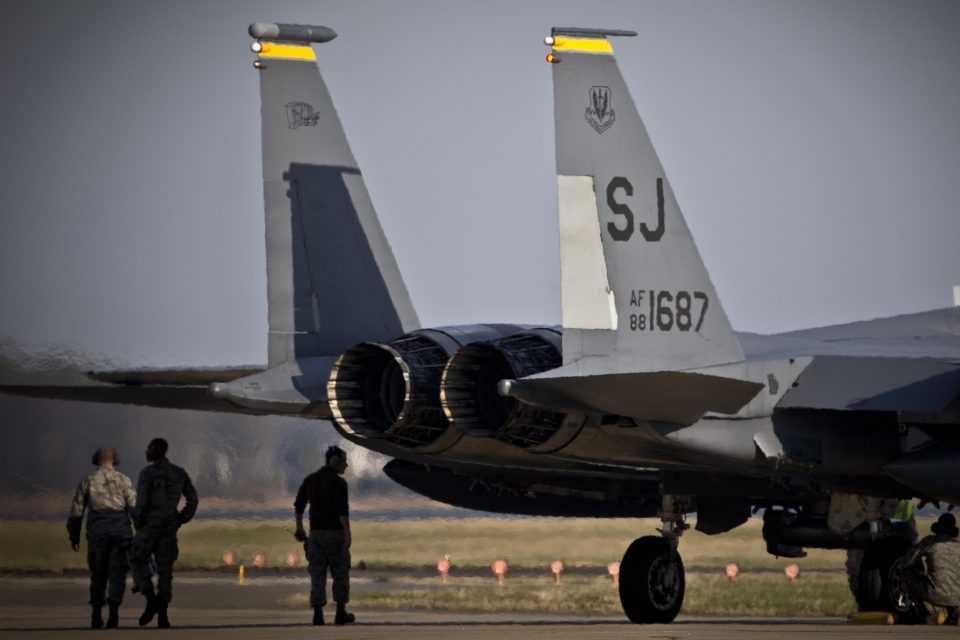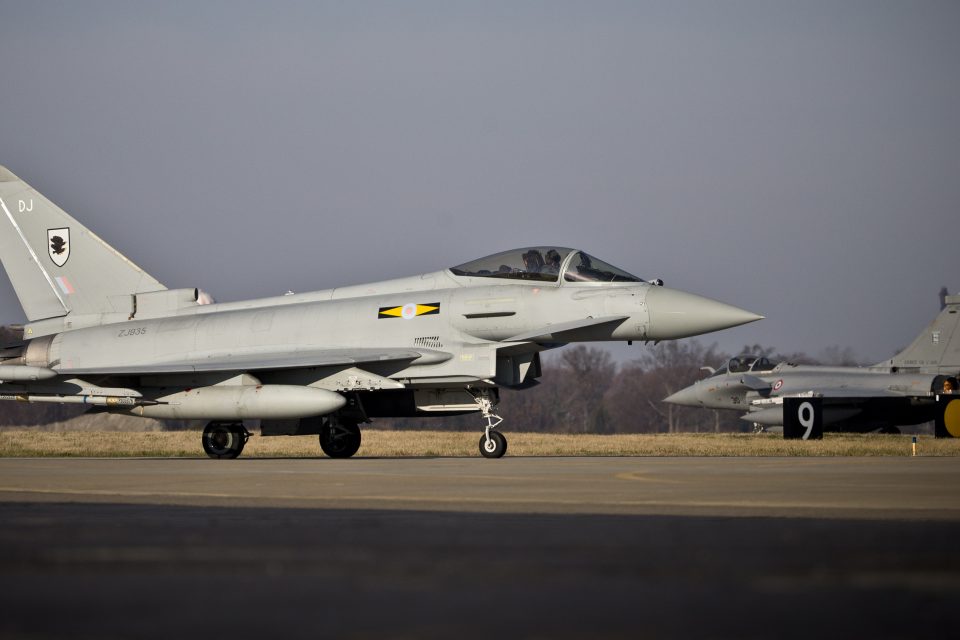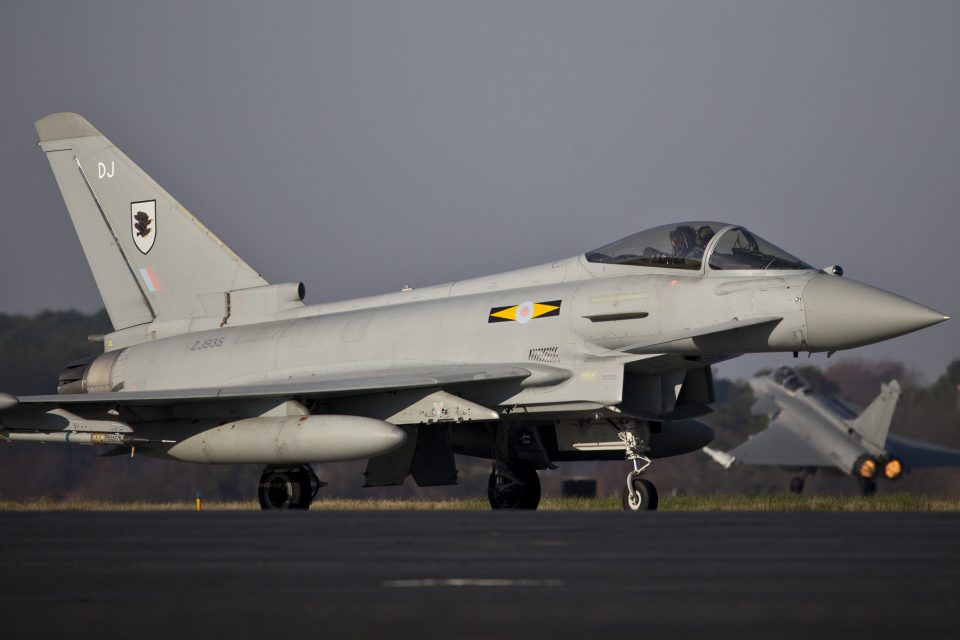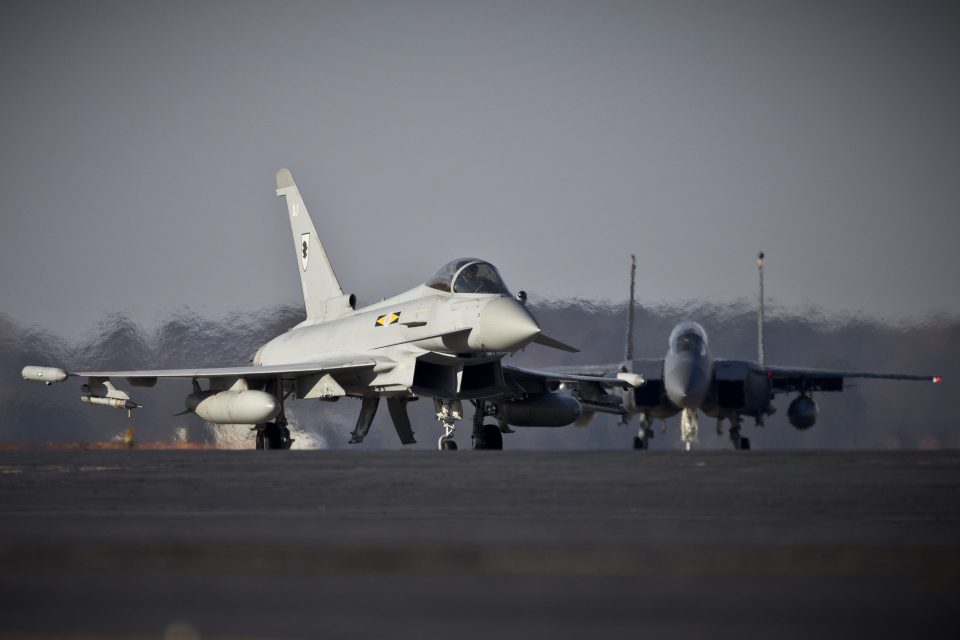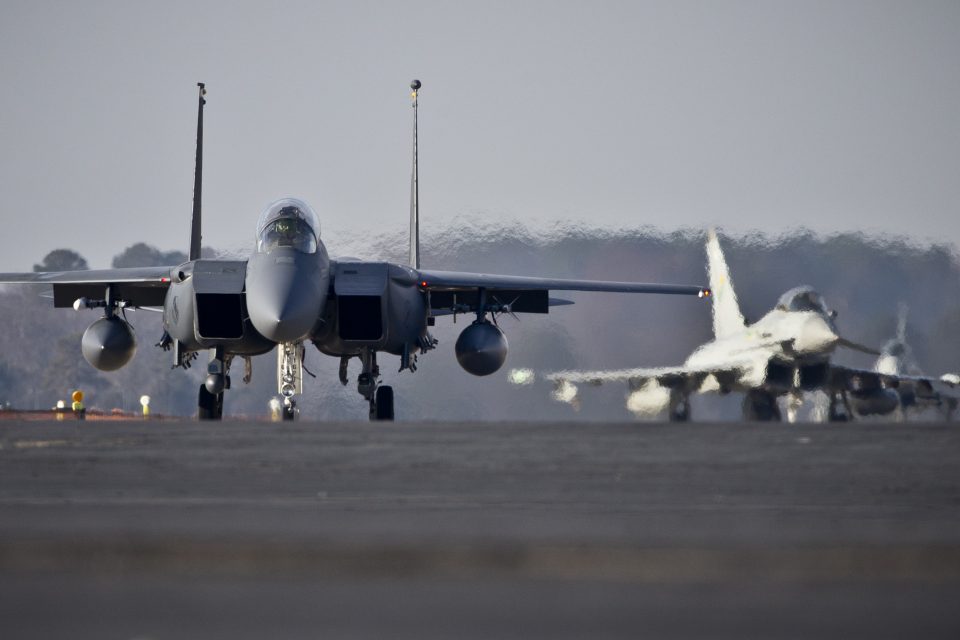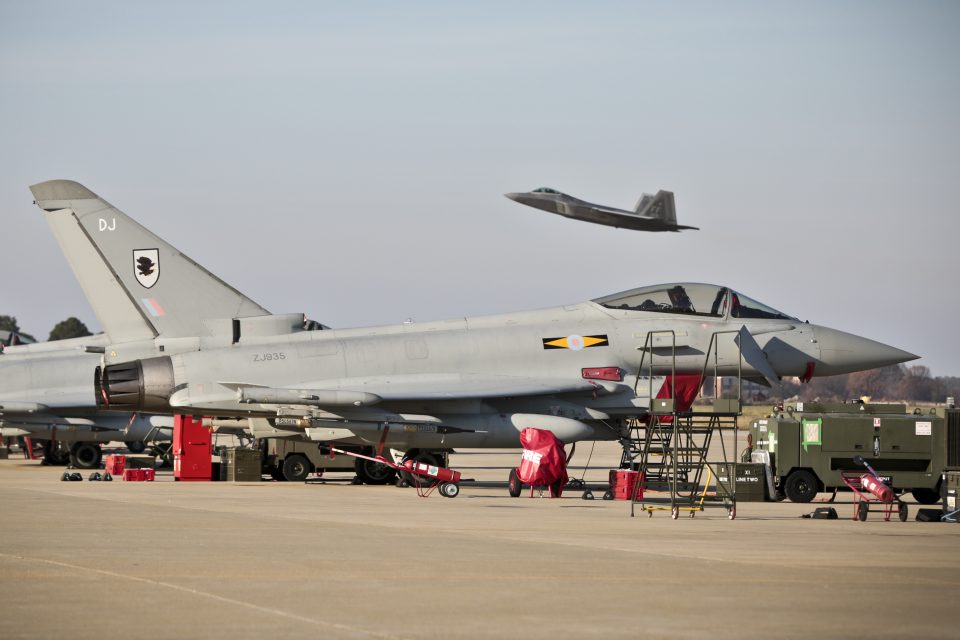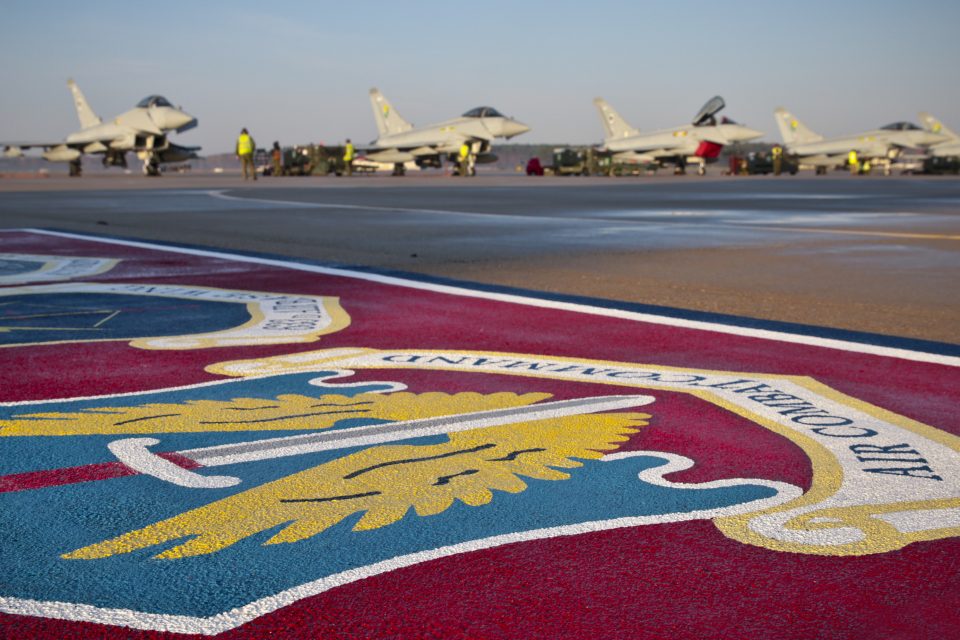2017-07-03 By Robbin Laird
During my visit to RAF Lossiemouth, I had a chance to catch up with the Typhoon operational force at the base.
This was an especially good time to do so as the RAF’s Typhoons have been engaged in a significant expeditionary operational tempo, ranging from Operation Shader in the Middle East to exercises in the Pacific and in the United States.
In the words, of the station commander at RAF Lossiemouth, Group Captain Paul Godfrey: “In my entire time in the Royal Air Force, I’ve not seen a global deployment as we managed at the end of last year with our deployment to Malaysia, Japan, Korea.”
I had a chance to discuss the challenge of support with the Commander of the Logistics Squadron, Steve Bloomer, and with Flt Sgt. Tony Douglas.
As the Typhoon has expanded its global engagements and has evolved capabilities, the support side needs to be worked effectively.
A key element is that when the RAF goes to an area where there are no other Eurofighter partners present, there is a clear need to shape a template or model of what to take.
And the challenge is not simply distance, it is working for new airbases abroad to adjust to the culture and the language, even if that language is still English.
“There are often subtle differences in the English language used in logistics processes even between two nations that speak English.”
And when going to a new area, the reality is that you need to take more than you need, for the operational experience is not there to shape a more realistic estimate of what is needed for that particular engagement.
And as you develop operational experience in a particular area of operation, then you can more realistically project what you need to bring.
This means that your demands on the lift fleet can become more effectively tailored to an operation over time as you can operational experience to guide your projected logistical needs.
And as the aircraft evolves into its multi-mission role, obviously what is needed to perform that role changes as well and affects the template or model developed for support away from a home base as well.
“As you change your concept of operations, the logistics load out changes as well and we need to tailor that load out to the evolving concept of operations as well.”
As an operation is planned, the operational squadron, the logistics squadron and engineers work through the logistics requirement seen from the outset for the operation.
That is the baseline from which the squadron readiness its “shopping list” of what needs to be available at the expeditionary location to support the projected operational tempo of the aircraft.
Support personnel are a key and often-scarce asset for operations.
And if one is relying on coalition cross servicing agreements to provide parts and supplies, then a choke point can become not having enough personnel able to work effectively in that cross-servicing environment.
It is often overlooked that a scarce commodity may not be the parts but the personnel able to support the operations of the combat aircraft.
Another challenge is the changing dynamics of operations. As an Air Force builds a history and an operational rhythm, it gets used to going to some bases but not others.
Effective templates for support are shaped as experience to a particular region and airbase is established.
But when a geographical threat changes, or the need to operate against a new threat emerges, suddenly an airbase in a particular region becomes the desired point of operation.
And coalition partners may well see it the same way and deploy at the same time.
This creates its own problems then working with the host nation in sorting out how your Air Force flying a particular aircraft can get the proper level of support at that air base.
To succeed in these conditions, one needs accurate tools to project the support needed and to have the personnel who can use those tools to deliver the outcome needed for the operation.
There is as well a scarcity of support equipment compared with the demand side.
It is crucial to have a handle on how best to match the support equipment in inventory with the operational demand side.
This is a key management task as well.
The Tornado has been around for a long time, and the UK left support equipment in the United States to support exercises and other contingencies associated with American bases.
This is not the case to date with Typhoon.
In short, evolving concepts of operations for expeditionary engagements includes shaping an effective support dimension.
You don’t show up simply to do so; you show up to have an operational impact.
That is the challenge.
The photos in the two slideshows highlight the RAF on the way to Red Flag and then at the trilateral exercise held at Langley VA and are credited to the RAF.
This is the fifth in an eight part series based on a March 2017 visit to RAF Lossiemouth.


